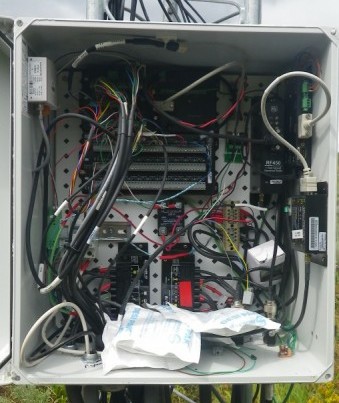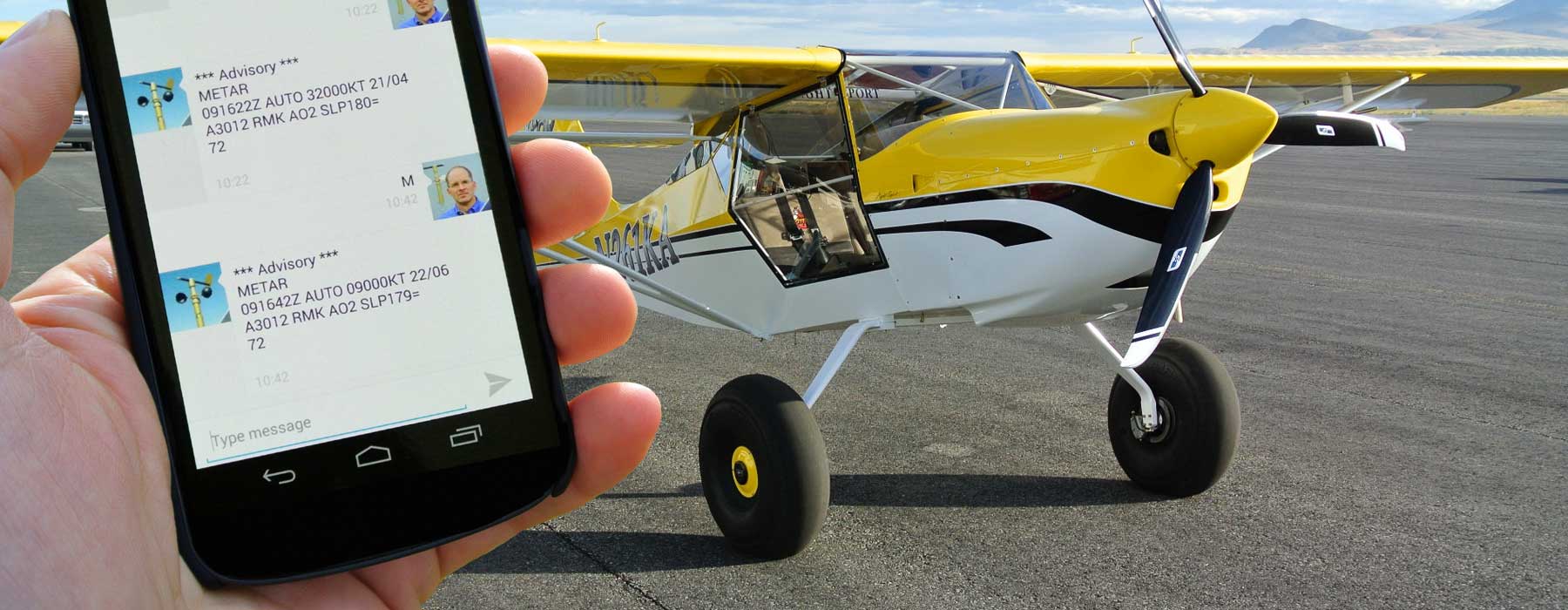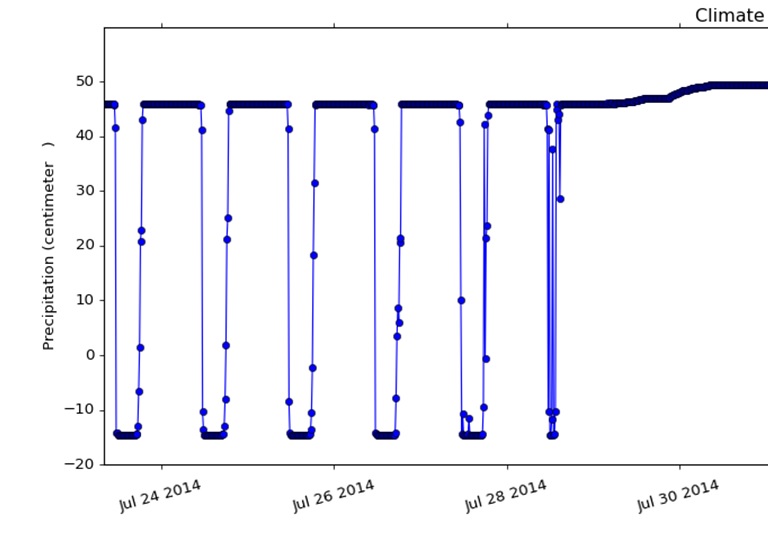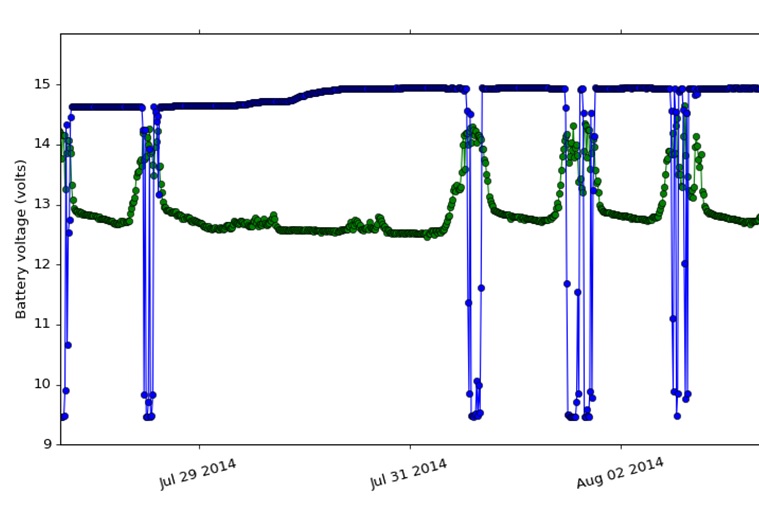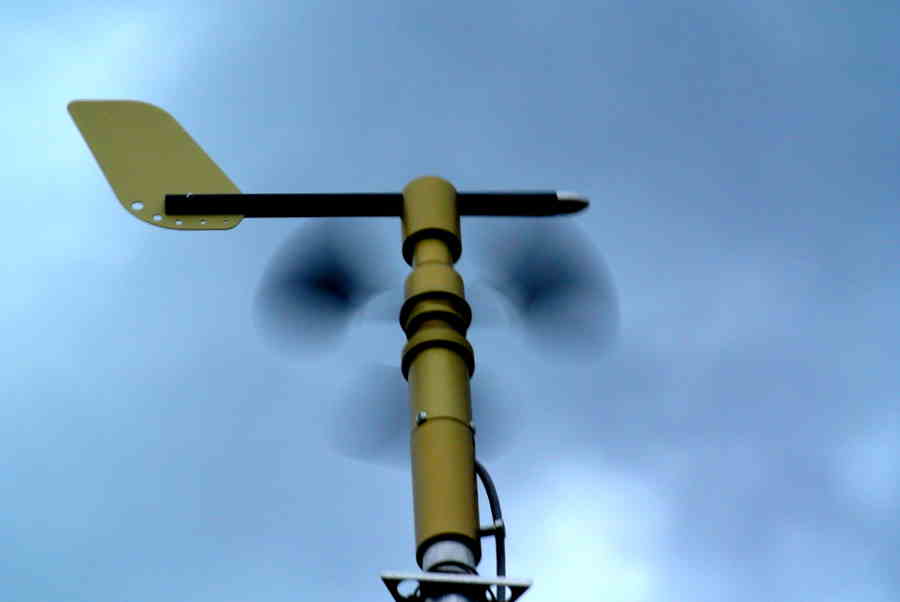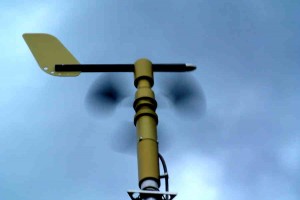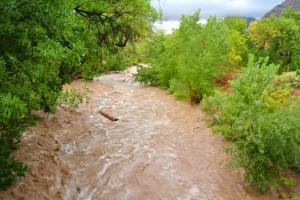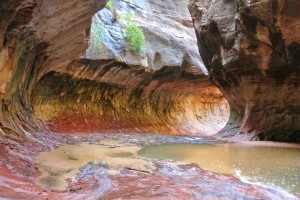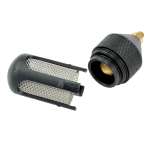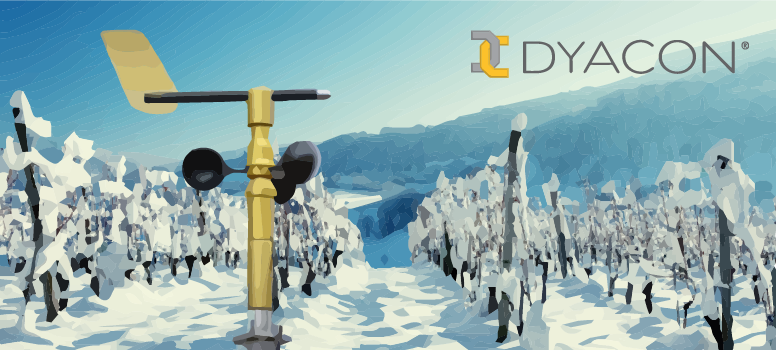
Weather data is easily found in today’s connected world. Pulling up “local” weather that is extrapolated from distant weather stations is easily done on a smart phone. But, just like politics, growers know that all weather is local.
Subtle changes in geography can create unique conditions, such as freezing, dry soil, or wind damage that can impact yields.
In addition to current measurements, historical data can be valuable in adjusting management practices, or validating insurance claims.
Why Dyacon Weather Stations?
- Dyacon Weather Stations are easy to setup, no expensive consultants or environmental engineers are required.
- The stations are portable and can be easily relocated as necessary.
- Wind and temperature sensors can be positioned at elevations appropriate to the crop; wind sensor above the canopy and temperature at the fruit level.
- Direct condition reports to any cell phone via SMS text message or smartphone ap.
- Weather Underground compatible.
- Data logging includes automatic email or ftp of log files.
Check out Dyacon MS-140 for use in your operation. A professional rain gauge is easily added.
Give us a call or send a note if you have any questions.
Eugene


